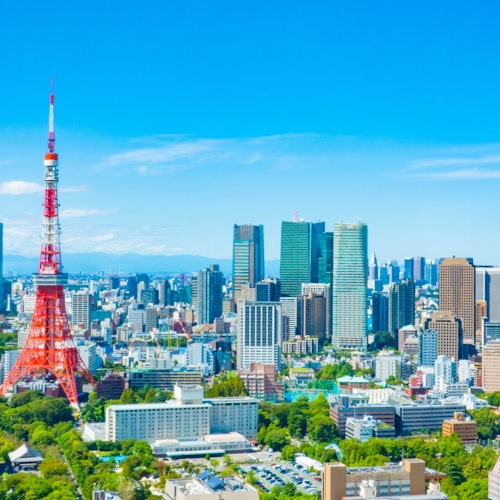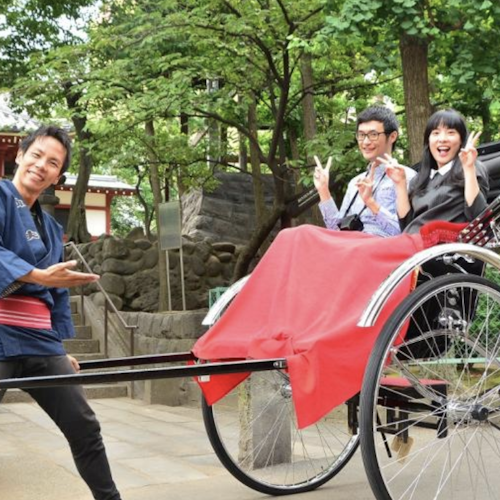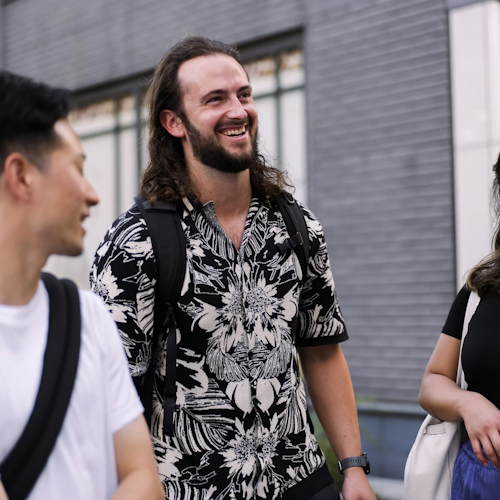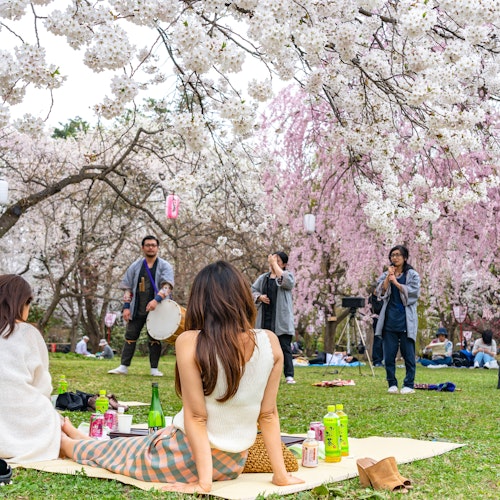
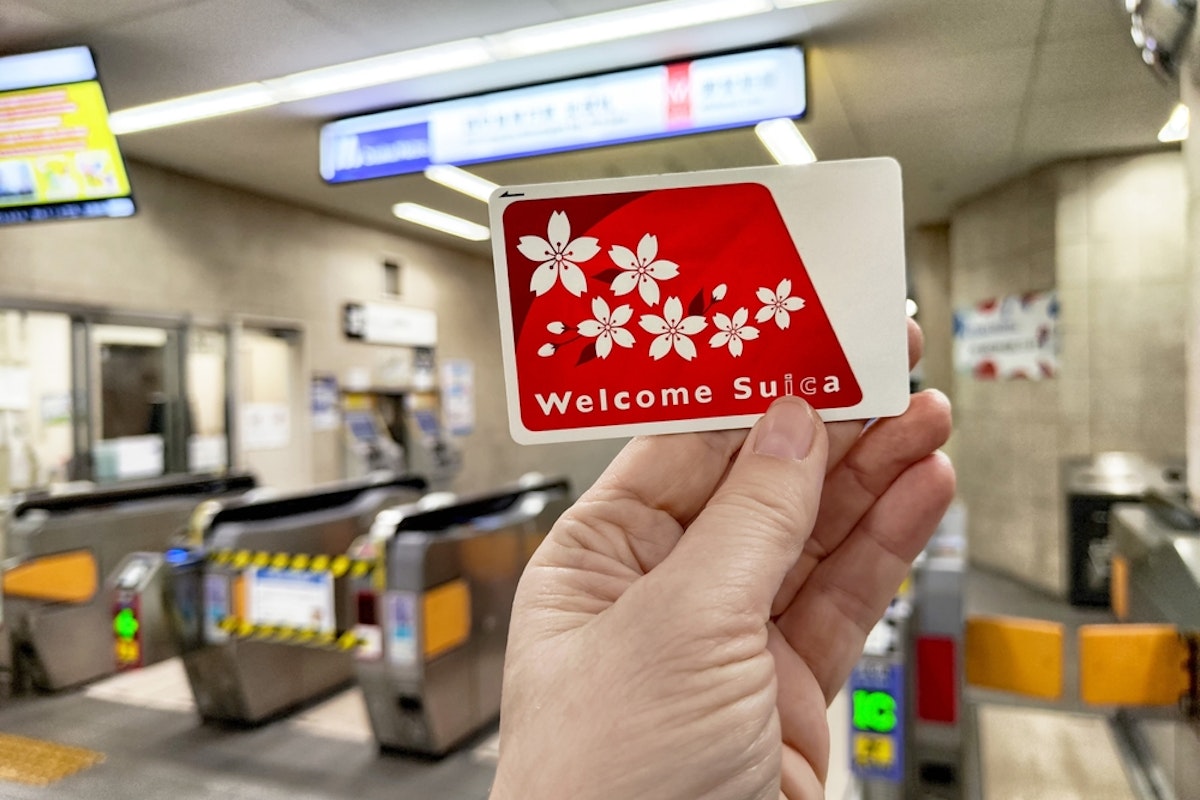
Wondering whether you should pick a Welcome Suica or stick with Apple Wallet Suica for your Japan adventure?
As someone who frequently helps travelers plan trips around Japan, I get asked this question a lot. And, honestly, it’s an important one. Choosing the right type of Suica card can totally shape your travel experience, especially if you’re exploring cities like Tokyo or planning day trips outside the bustling city center.
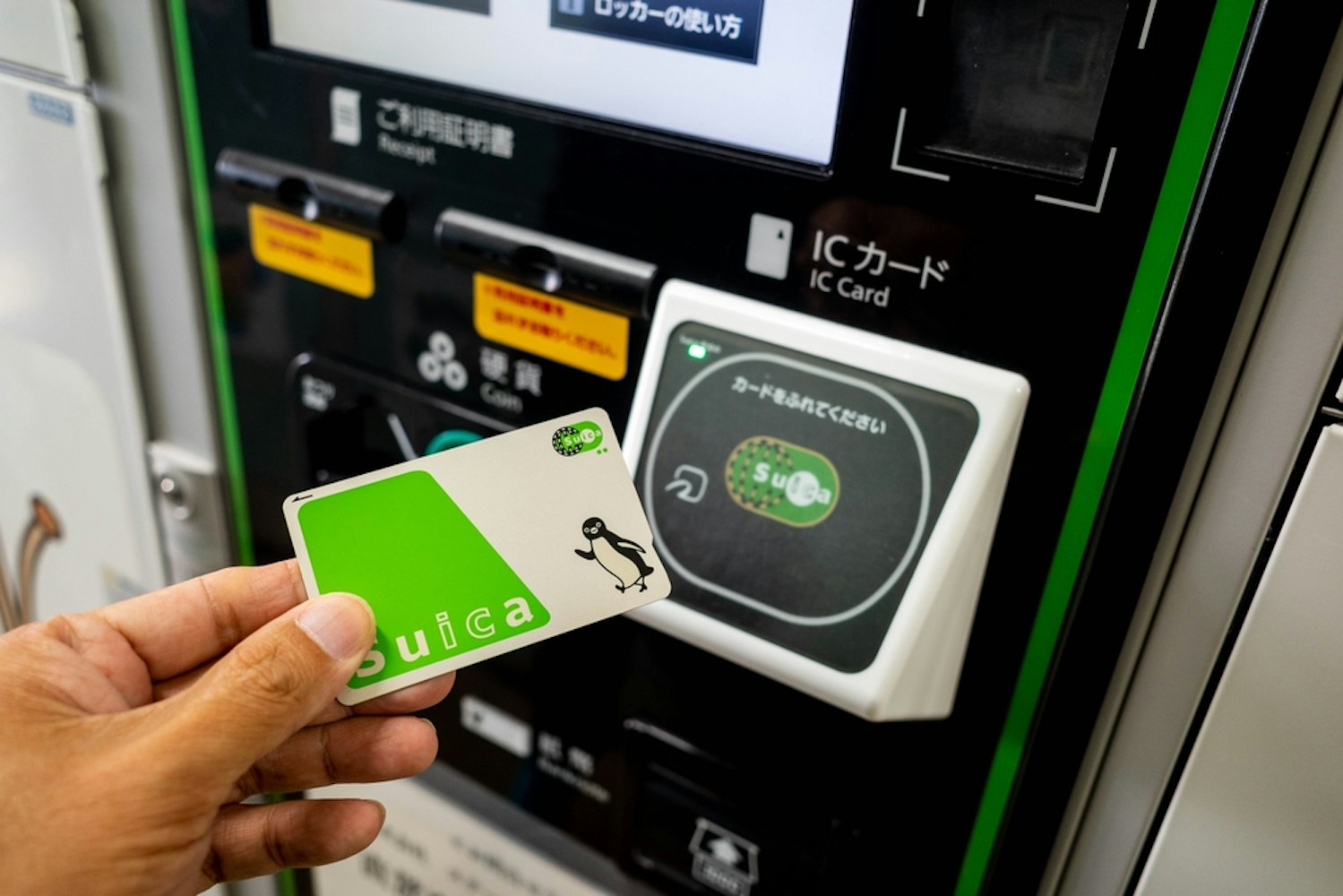
Suica cards are prepaid transit passes issued by JR East—the major railway company in Japan. It’s essentially a rechargeable, contactless smart card you can use to effortlessly hop on and off trains, buses, and even pay for convenience stores and vending machines across the country. No fiddling with cash or coins; just tap and go. Simple as that.
While Suica has traditionally been popular in its physical form, these days digital options like Apple Wallet Suica are gaining popularity fast, especially among American tourists who prefer digital convenience.
The Welcome Suica is specifically designed for tourists visiting Japan. You can pick one up right when you land, at the airport, and immediately start your travels without hassle. Unlike the regular Suica cards, the Welcome Suica has a fixed validity period of 28 days. But for most travelers, especially those from America, 28 days is plenty of time.
Here’s something interesting I've heard from customers who've tried it themselves: you don't need to pay any deposit fee for the Welcome Suica card, unlike the standard physical Suica. Normally, JR East charges a refundable 500 yen deposit, but with Welcome Suica, that’s totally waived. Sounds good, right?
If you want to dive deeper into what exactly the Welcome Suica includes, JR East’s website clearly explains everything you need to know about the Welcome Suica card. Definitely worth a look!
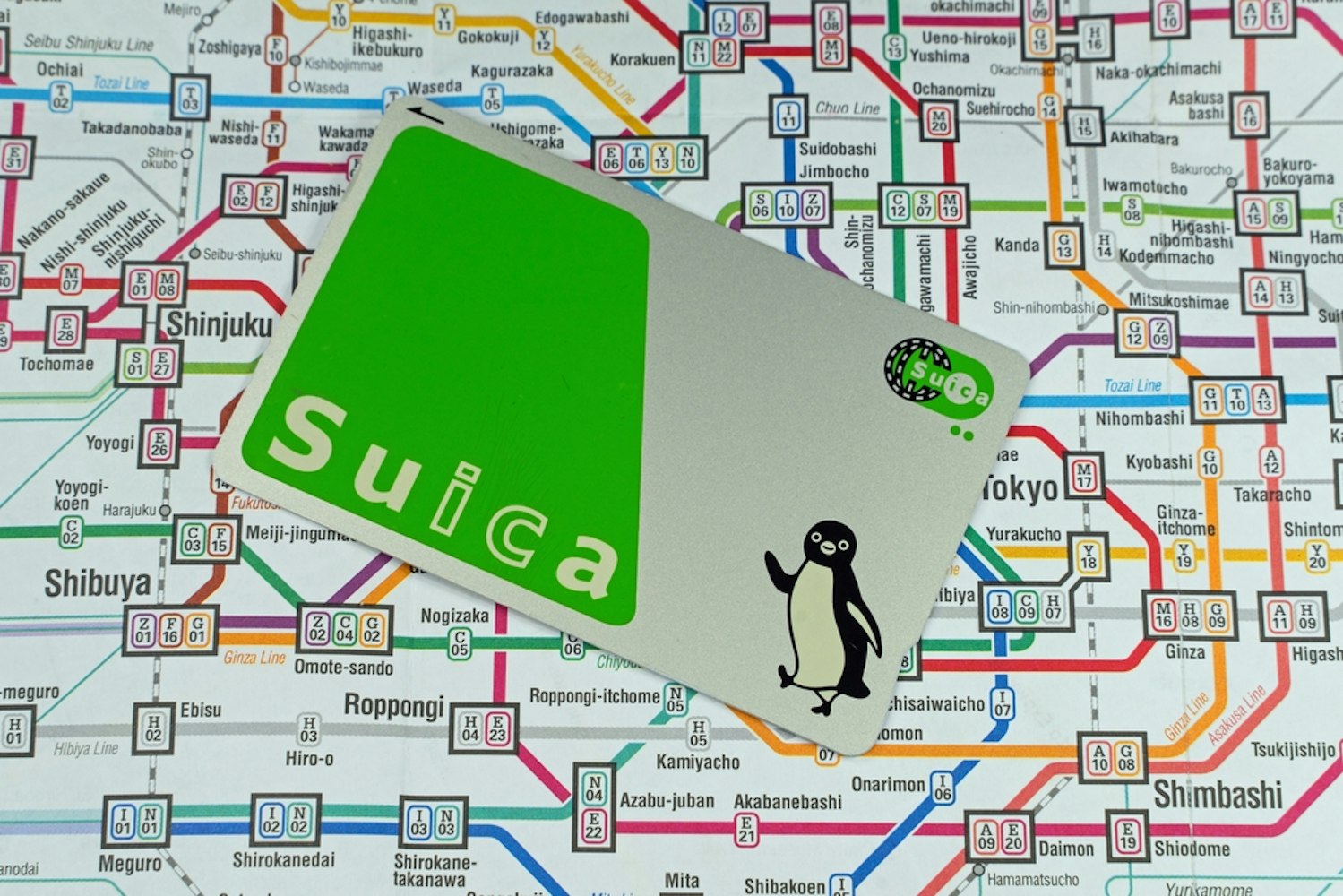
Apple Wallet Suica is exactly what it sounds like: your Suica card stored digitally in your iPhone’s wallet. Personally, I think this is perfect for travelers who love minimalism. Just your phone—no extra cards, nothing extra to worry about losing.
To set it up, you just need an iPhone 8 or later, or an Apple Watch Series 3 or newer, plus an active Apple Pay account. From there, it’s straightforward. Just follow Apple’s guide, which walks you through the entire process step-by-step. Here’s Apple’s official guide on exactly how to use Suica with Apple Pay.
One thing I consistently hear from travelers who've used Apple Wallet Suica: the instant recharge capability is super handy. You're able to quickly add funds using your connected credit card, which means never worrying about running out of balance while rushing to catch your train.
Convenience is often the first thing travelers mention when choosing between these two. Both cards are incredibly convenient in their own ways, but there are some subtle differences.
The Welcome Suica card has the advantage of immediate, tangible access. As soon as you step foot in Japan, you can pick one up and immediately jump onto public transit without any additional setup.
On the flip side, the Apple Wallet Suica saves you from dealing with another physical card. If you’re already comfortable using Apple Pay, you'll likely find this option intuitive and hassle-free. Travelers have shared with me that they especially appreciate the ease of use when navigating busy places like Shinjuku, the heart of Tokyo’s nightlife, or when quickly moving through crowded stations.
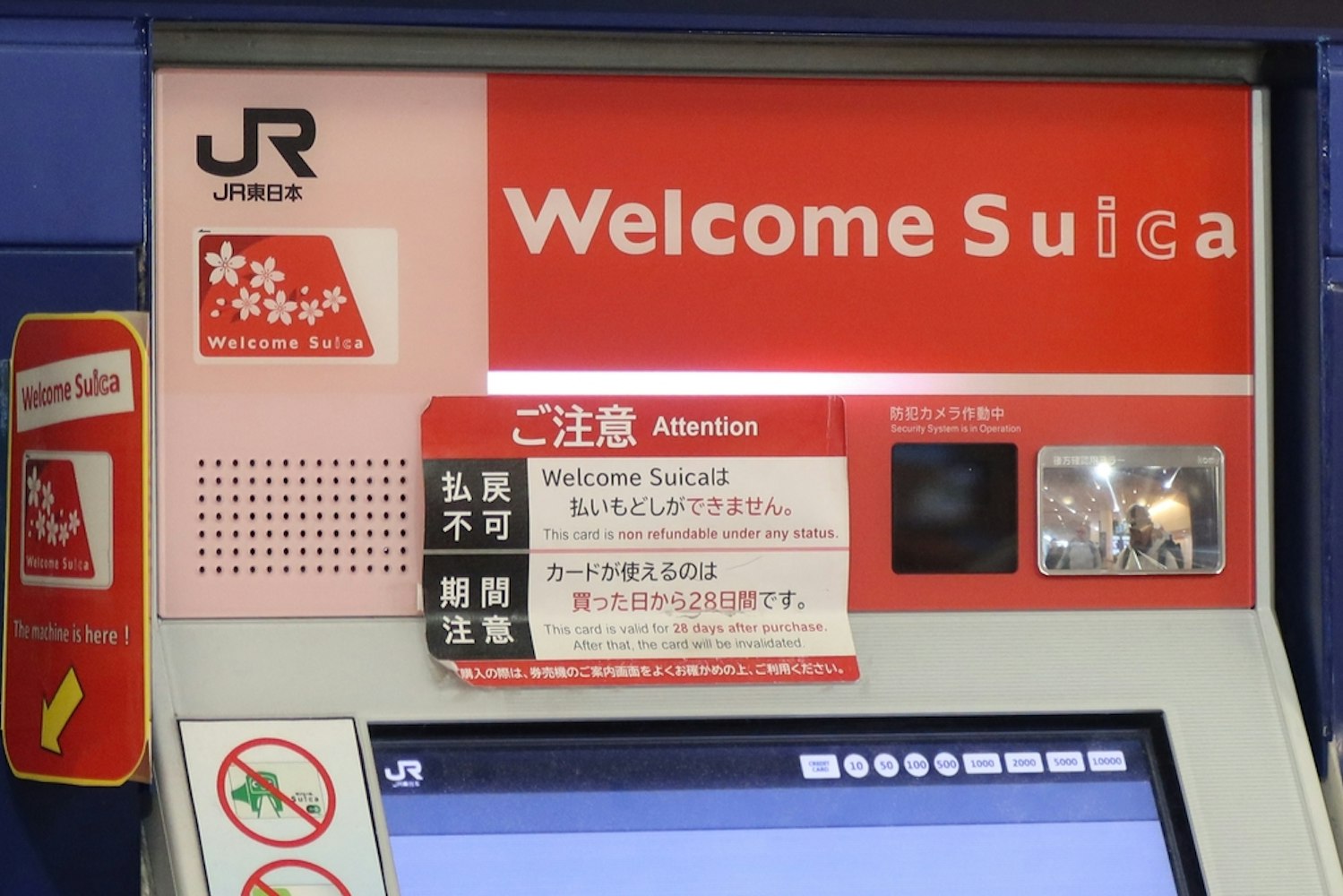
For tourists who plan to spend their trip around Tokyo, day-tripping out to popular spots like Hakone or Kamakura, both types of Suica will serve well. We’ve got articles that explain how simple it is getting from Tokyo to Kamakura or smoothly getting from Tokyo to Hakone by train or bus, if you need more specifics.
But here's the important thing: if your trip extends beyond 28 days, or you plan multiple visits within the year, the Welcome Suica’s limited validity can become inconvenient. You might be better off choosing the Apple Wallet Suica or even a standard physical Suica instead.
I often chat with travelers who have used both card types and ask for their insights. A frequent comment about Welcome Suica is that people love not having to worry about deposits. But, on the other hand, several customers found the 28-day limit restrictive, especially if they decided to extend their stay in Japan. One customer joked that it felt like an unnecessary countdown clock ticking down their remaining travel days.
Meanwhile, Apple Wallet Suica gets high marks from travelers who already rely heavily on their smartphones. Travelers appreciate that they don’t have to fuss with physical cards, especially those prone to misplacing small items. But—and it’s a big "but"—I’ve heard stories about the anxiety travelers felt when their phone battery died mid-journey, leaving them scrambling for an alternative.
Here's a Reddit thread you might find insightful, with travelers sharing their experiences comparing Welcome Suica and Apple Wallet Suica. It aligns pretty closely with what my customers usually report.
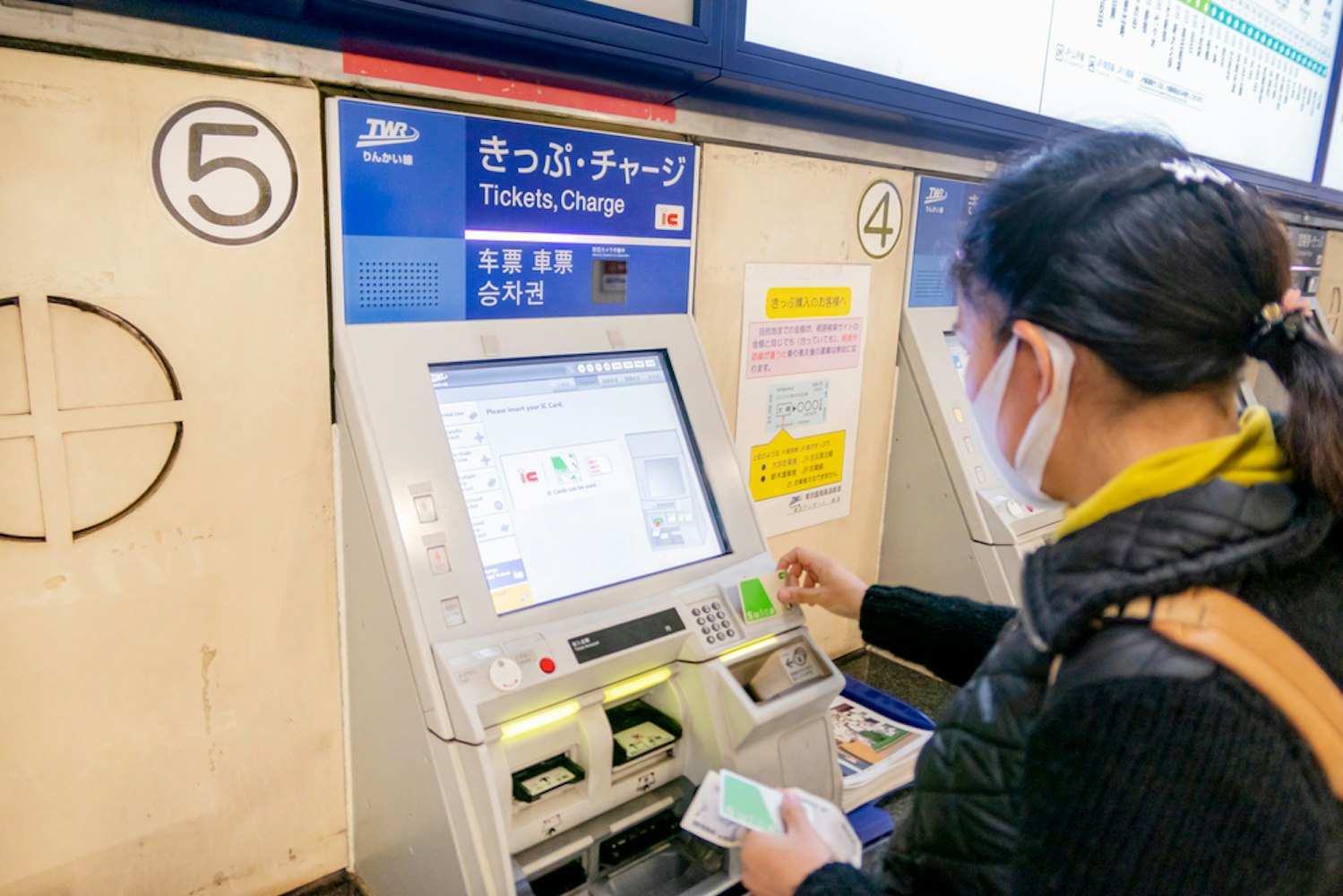
Wondering if setting up Apple Wallet Suica is simple?
I found it straightforward. If you already own an iPhone or Apple Watch, you're halfway done. First, just open your Apple Wallet app, tap on the “+” icon, and choose "Suica." You'll then select how much money you'd like to preload. After confirming the payment method, you're good to go. From there, it’s ready to tap and use almost instantly. Apple's own guide explains it step-by-step clearly, making the process practically foolproof.
That said, the ease does come with some small print. For instance, not every credit card issued outside Japan will easily fund your Suica balance. Some of my customers have struggled with topping up using foreign cards, so I'd suggest checking your bank or credit card company's compatibility before relying fully on digital top-ups. A good workaround many travelers use is to link Apple Pay to a compatible card or top up via convenience stores once in Japan.
But overall, the setup process took me less than five minutes, making it a strong choice if simplicity and speed matter to you.
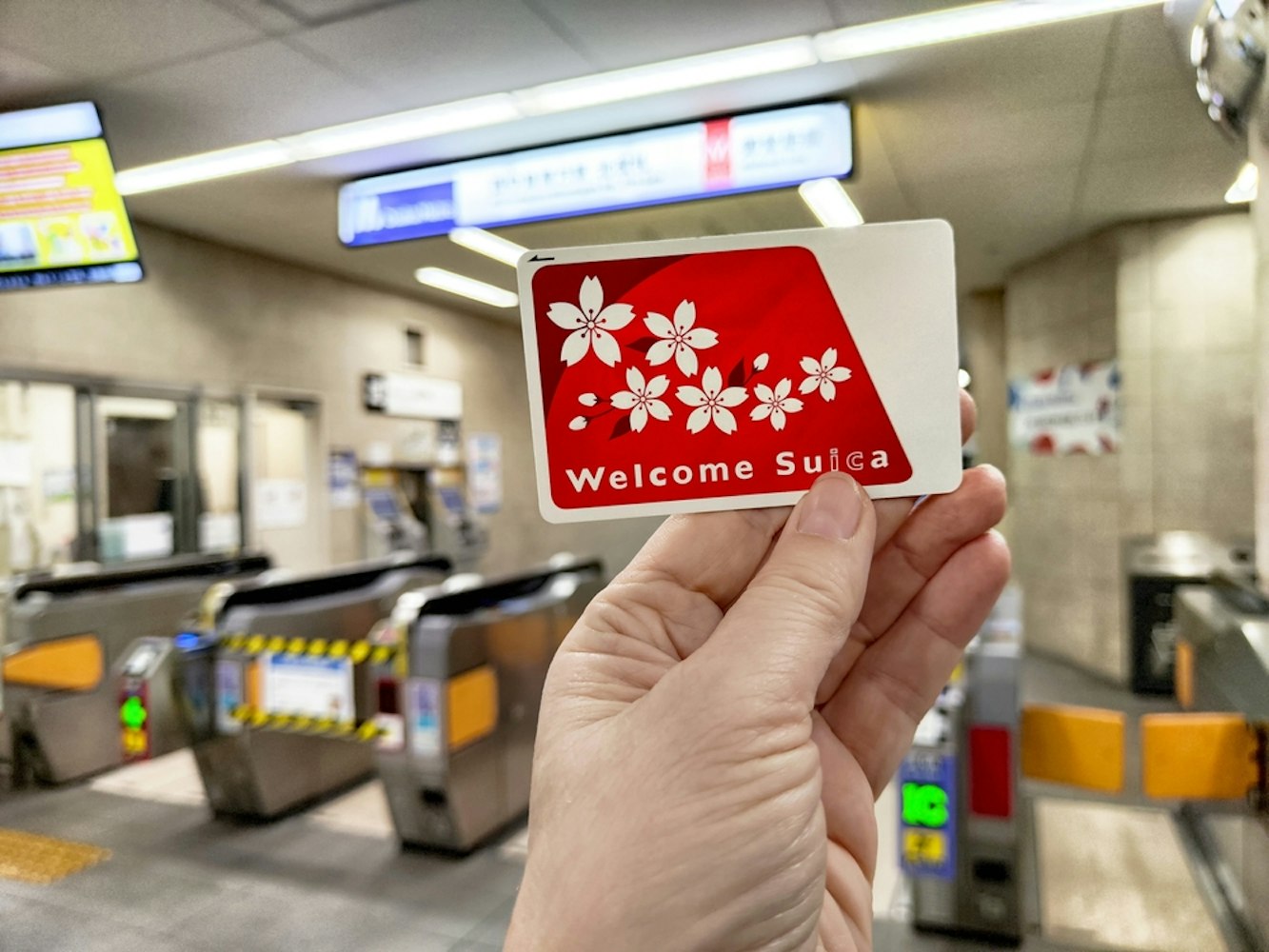
Thinking about which card covers more ground?
Both Welcome Suica and Apple Wallet Suica share extensive usage capabilities. Trains, buses, taxis, convenience stores, vending machines—you name it. Practically everywhere you'd expect to use cash, Suica often works. It's a huge benefit, especially since Japan can feel quite cash-dependent to American travelers used to tapping their phones everywhere.
For specific spots in Tokyo, if you plan to visit areas like Shinjuku or Akihabara, using Suica is seamless. We've even put together helpful guides about Shinjuku, the heart of Tokyo’s nightlife, and about navigating around when exploring Tokyo’s electric town, Akihabara.
Venturing outside Tokyo? If you're considering day trips—say, a quick run to Hakone or Kamakura—Suica smoothly covers regional trains and local buses there, too. The key difference? Remember, Welcome Suica comes with a limited 28-day validity. Apple Wallet Suica, once set up, remains active indefinitely, as long as you use it occasionally or recharge it at least once every ten years.
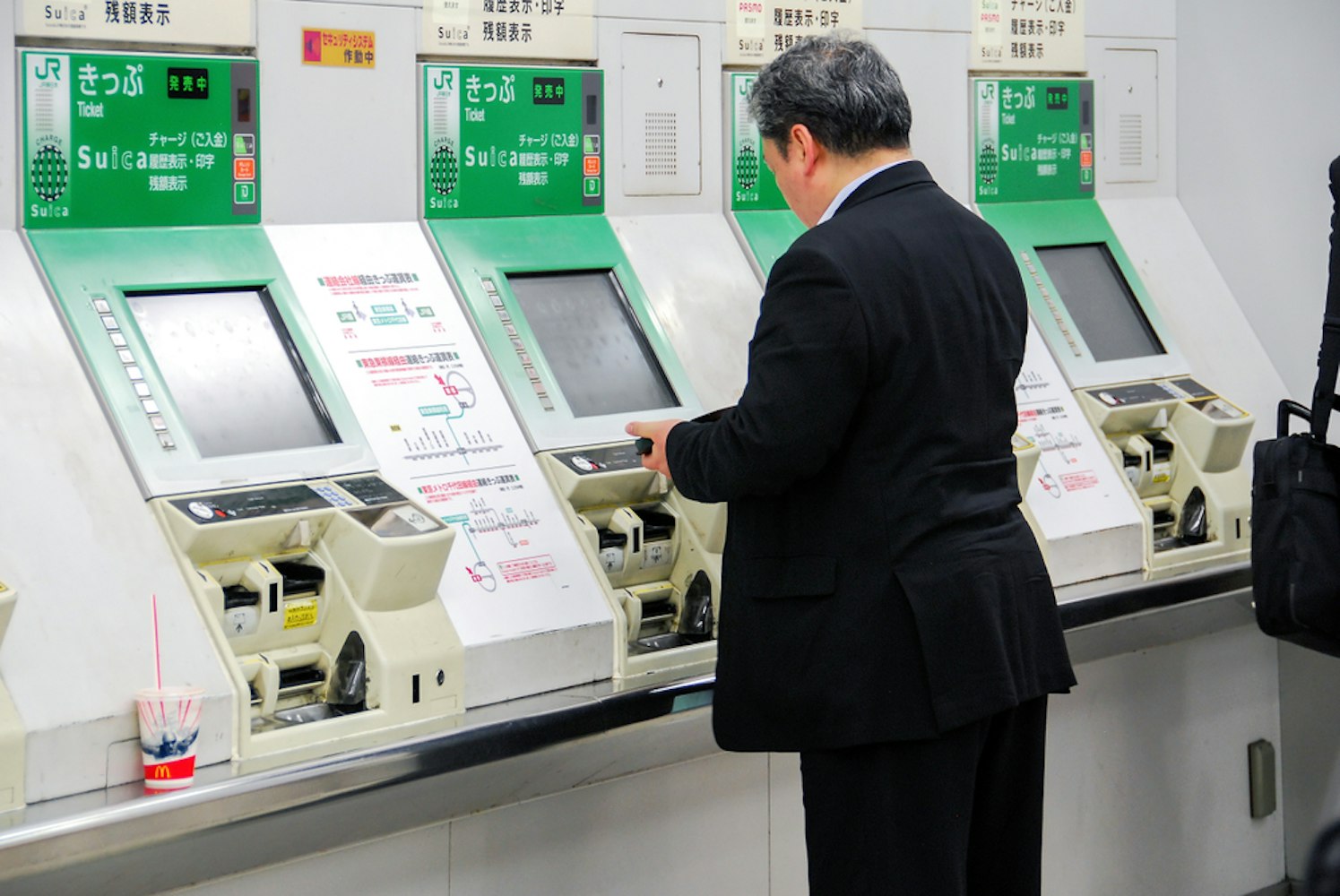
Are there downsides to choosing digital?
While digital Suica is handy, I've noticed a few common challenges travelers face. The main issue? Battery life. If your phone runs out of power—which can happen after a long day snapping photos around Tokyo—your Apple Wallet Suica becomes unusable until you recharge your phone. I've heard from customers who ended up stranded at station gates because their phones died unexpectedly.
Physical cards, meanwhile, don’t suffer from this limitation. Even if you misplace your phone, your Welcome Suica card is still there, ready to tap. For many travelers, this tangible security outweighs digital convenience.
Another small but frequent headache is device compatibility. Apple Wallet Suica requires an iPhone 8 or newer (or Apple Watch Series 3 and above). Older devices just won't cut it.
Still unsure about which Suica card makes sense for you?
If your trip is relatively short—less than a month—I’d lean towards the Welcome Suica card. It’s worry-free, straightforward, and covers all the essentials without the potential tech hiccups. It's what I recommend to first-time visitors looking for simplicity.
For tech-savvy travelers staying longer or those returning regularly to Japan, Apple Wallet Suica is an excellent long-term choice. No expiry concerns, fewer items to carry, and quick top-ups directly from your phone.
Ultimately, consider your personal travel style. Do you prefer simplicity or convenience? Physical security or digital flexibility? These are questions worth asking yourself.
And if you’re still on the fence or have questions, I always recommend talking it through with local experts. We’ve got dedicated trips to Tokyo designed precisely to eliminate confusion and enhance your Japan experience. Feel free to give us a call; we'd love to help.

Embark on a breathtaking journey across Japan's scenic landscapes with the exclusively curated JR EAST Pass.
